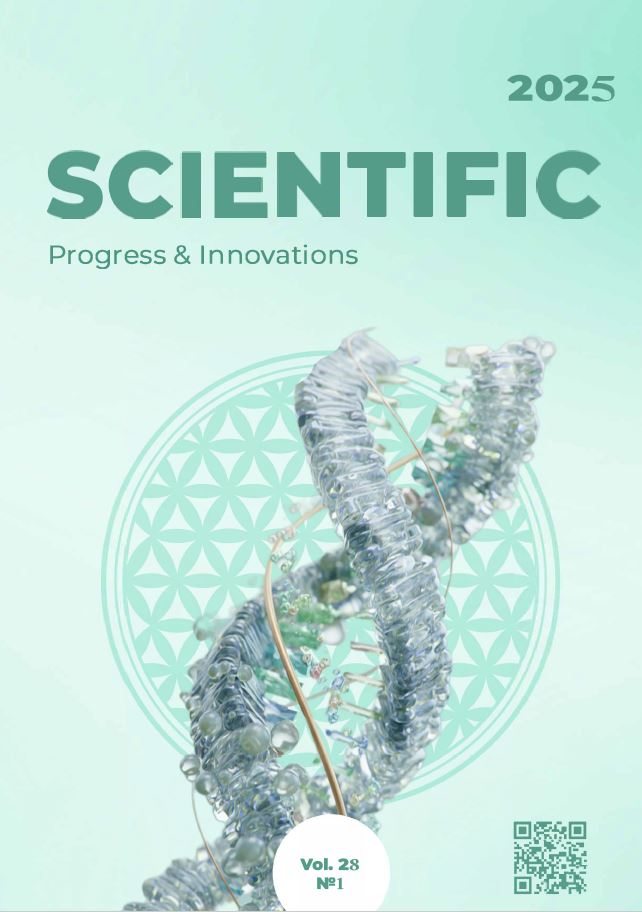Токсикологія, фармакологія та терапія тварин за отруєння антикоагулянтими родентицидами: огляд
DOI:
https://doi.org/10.31210/spi2025.28.01.38Ключові слова:
діагностика і терапія тварин, собаки, коти, антикоагулянти, вітамін К1Анотація
Однією з проблем, яка існує впродовж довгих років та є причиною загибелі свійських собак і котів, є отруєння, яке пов’язане із поїданням родентицидів (зооцидів). Метою досліджень було провести широкий огляд світових наукових публікацій щодо питань токсикодинаміки родентицидів групи антикоагулянтів, фармакології специфічних антидотів та методів їх застосування у схемі лікування свійських собак та котів. Висвітлено результати аналізу сучасної світової літератури щодо арсеналу антикоагуляюючих родентицидів, описана їх токсикодинаміка і патогенез патологічних процесів, які зумовлені дією цих засобів, систематизовано літературні відомості щодо доцільності та ефективності застосування окремих фармакологічних препаратів як антидотів, проаналізовано сучасні схеми лікування свійських собак та котів за отруєнь родентицидами-антикоагулянтами. Встановлено, що переважну більшість у практичному застосуванні проти мишовидних гризунів складають родентициди двох груп: похідні гідроксикумарину першого і другого поколінь та похідні індандіону. Отруєння собак та котів антикоагулянтами другого покоління (бродіфакум) складають 27,6 %. Основою токсикодинаміки усіх описаних у статті родентицидів є порушення рециркуляції вітаміну К, що призводить до інактивації факторів згортання крові ІІ, VII, IX та X, а також пригнічення епоксиредуктази ендогенного вітаміну К, що унеможливлює реакцію карбоксилювання. Неспецифічність перших клінічних проявів дії родентицидів-антикоагулянтів призводить до пізньої діагностики отруєння, що підвищує смертність домашніх тварин у процесі лікування. Клінічні дослідження доцільно доповнювати результатами аналізу крові (гіпохромна анемія, нейтрофілія за лейкоцитозу, зростання ЕSR, зниження MCV підвищений вміст фібриногену) на тлі порушення показників протромбінової активності) та рентгенологічно – плевральний випіт у 63,6 %, ретроперитоніальний – у 28,6 % та перитонеальний – у 14,3 % отруєних тварин. Патогномонічною патологоанатомічною ознакою є внутрішні кровотечі та масований геморагічний діатез. Лікування повинно базуватися на застосуванні вітаміну К1 у високих дозах (1,5–5 мг/кг). Інші форми вітаміну К неефективні. Проведений літературний аналіз дозволяє розуміти світову тенденцію у питаннях застосування, токсикодинаміки та фармакотерапії собак та котів за отруєння родентицидами, що дає можливість підвищити ефективність боротьби з отруєннями тварин.
Downloads
Опубліковано
Як цитувати
Номер
Розділ
Ліцензія
Авторське право (c) 2025 Scientific Progress & Innovations

Ця робота ліцензується відповідно до Creative Commons Attribution 4.0 International License.

 Creative Commons Attribution 4.0 International Licens
Creative Commons Attribution 4.0 International Licens